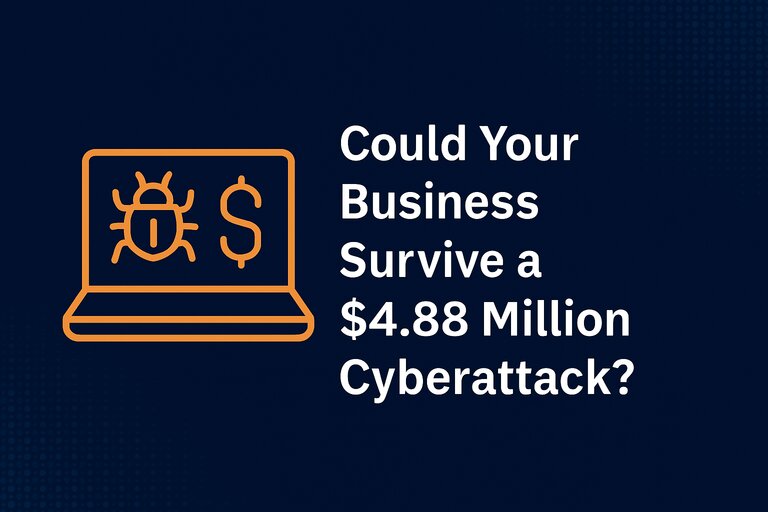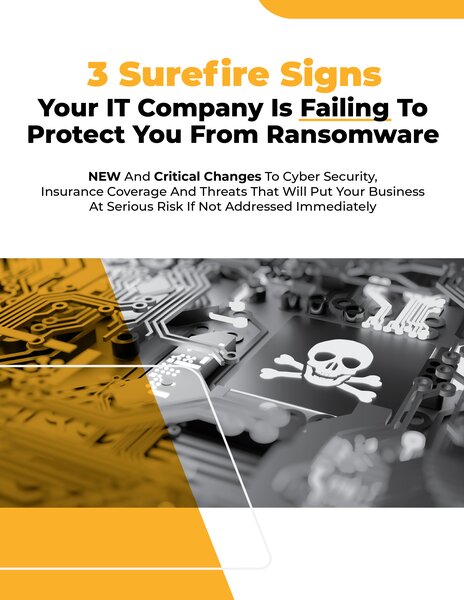 Let’s be real—nobody in construction wakes up thinking, “Today’s the day we talk about cybersecurity.” Most mornings, you’ve got more urgent fires to put out: coordinating crews, dealing with supply chain hiccups, keeping projects on schedule.
Let’s be real—nobody in construction wakes up thinking, “Today’s the day we talk about cybersecurity.” Most mornings, you’ve got more urgent fires to put out: coordinating crews, dealing with supply chain hiccups, keeping projects on schedule.
But here’s the thing—cybercriminals are counting on exactly that.
According to IBM’s Cost of a Data Breach Report 2024, the average price tag for a data breach is now $4.88 million. That’s not just for big corporations. In fact, small and mid-sized businesses—especially in industries like ours—are now prime targets. Why? Because we’re easier to break into and more likely to pay up.
And while a Fortune 500 company might survive that kind of hit, for most construction firms, it’s the kind of blow you don’t walk away from.
The Threat Has Changed—And So Must We
Back in the day, antivirus software was enough. Not anymore. Cybercriminals don’t just “break in” now—they log in, using stolen credentials, disguising malware as legitimate files, and lying in wait for just one employee mistake.
That’s where a newer tool—endpoint detection and response (EDR)—comes in. Think of it as a digital security guard that never sleeps.
While traditional antivirus blocks known threats, EDR watches everything happening on your work computers and devices: every login, every file change, every oddball behavior. If something suspicious starts—say, ransomware spreading across your network or a login from halfway across the globe—EDR steps in, isolates the threat, and stops it cold.
Why This Hits Home for Construction
Our projects don’t just run on concrete and steel—they run on data: blueprints, contracts, bid proposals, safety records. Lose control of that, and you’re looking at downtime, lawsuits, lost bids, and damage to a hard-earned reputation.
I know the pressure you feel—balancing budgets, keeping legacy systems limping along, and still trying to push toward modern, mobile, connected job sites. Adding “cybersecurity overhaul” to your list can feel like one more impossible task.
But here’s the reality: in the same way OSHA standards keep your people safe onsite, modern cybersecurity tools like EDR keep your business safe online. And just like a safety harness, they only work if you’ve got them in place before the fall.
An Insurance Requirement You Might Not Know About
Here’s a twist: more cyber insurance providers are now requiring tools like EDR. Skip it, and your coverage might not pay out after a breach. That’s like trying to claim fire damage without a smoke detector installed.
Where to Start Without Getting Overwhelmed
If you’re not sure where your business stands, start small. Get a cybersecurity assessment that shows you exactly where the gaps are. No jargon, no scare tactics—just clear answers.
Better safe than sorry—especially when “sorry” could cost you everything.
Let’s Talk Before the Headlines Do
If you’ve ever wondered whether your construction firm could survive a multi-million-dollar cyberattack, let’s not find out the hard way. I’ll walk you through your current security posture and show you how to close the gaps—keeping your data, your projects, and your peace of mind intact.
Because in this industry, we build to last. Your security should, too.



